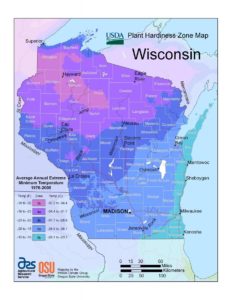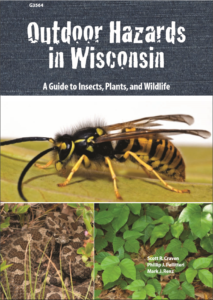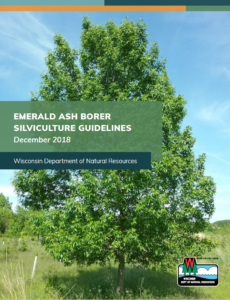By Sara Minkoff, DNR Urban Forestry Council liaison, Madison, sara.minkoff@wisconsin.gov, 608-669-5447
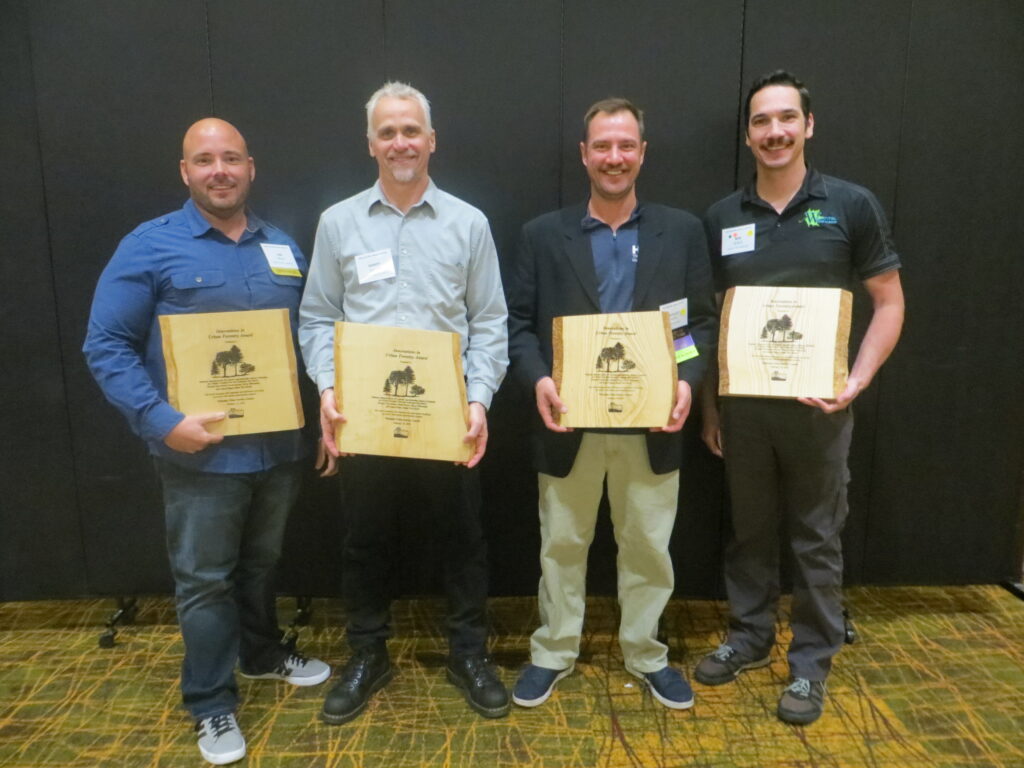 The Council presents annual awards to outstanding individuals, organizations, communities and tribes that further urban forestry in Wisconsin. The awards are announced each year at the annual Wisconsin Urban Forestry Conference and presented to winners in their community. We are currently seeking nominations for the 2021 awards.
The Council presents annual awards to outstanding individuals, organizations, communities and tribes that further urban forestry in Wisconsin. The awards are announced each year at the annual Wisconsin Urban Forestry Conference and presented to winners in their community. We are currently seeking nominations for the 2021 awards.
The Wisconsin Urban Forestry Council, comprised of municipal employees, elected officials, nursery operators, arborists and others, advises the Department of Natural Resources Division of Forestry on the best ways to manage urban and community forest resources. Every year, the Council bestows several awards to recognize and thank individuals and organizations across Wisconsin for their work and commitment to the trees and habitat in our community forests and the economic benefits they provide.
The five categories of awards, including our newly renamed Leadership award, are described below:
Continue reading “Nominate your community tree champion for an Urban Forestry Council award!”

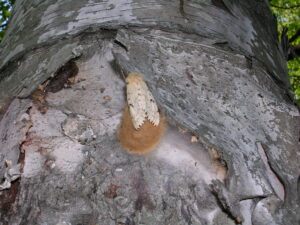
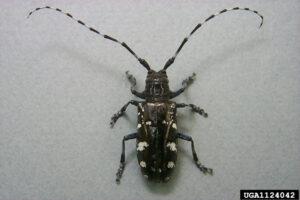
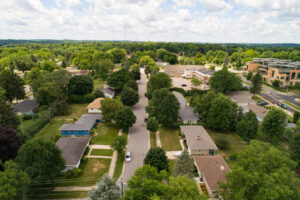 We want to give you a heads-up and urge you to fill out a survey that may be coming your way.
We want to give you a heads-up and urge you to fill out a survey that may be coming your way. 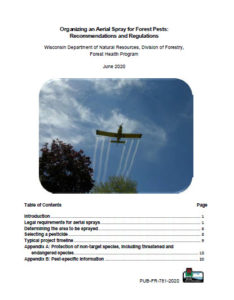
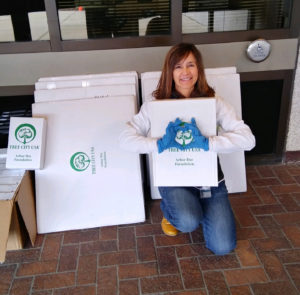 We deeply appreciate the commitment to urban forestry demonstrated by our 2019 Tree City, Tree Campus, and Tree Line USA participants. Thank you for your hard work!
We deeply appreciate the commitment to urban forestry demonstrated by our 2019 Tree City, Tree Campus, and Tree Line USA participants. Thank you for your hard work!